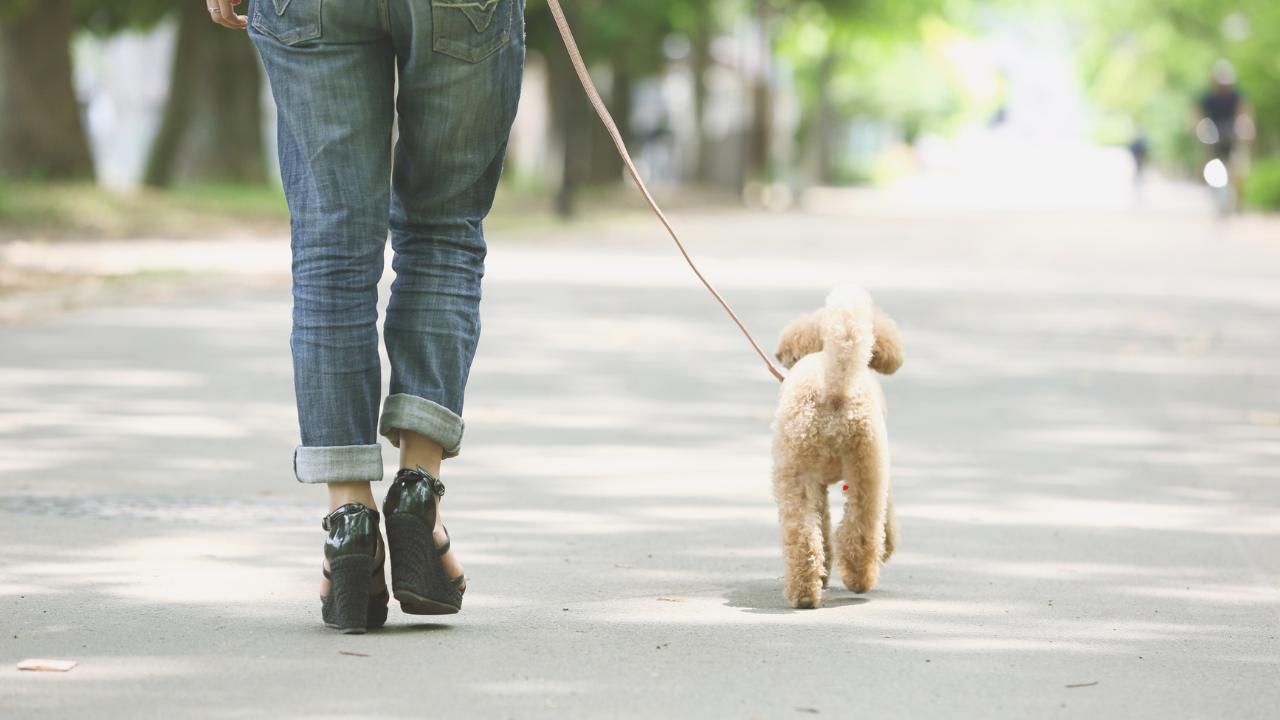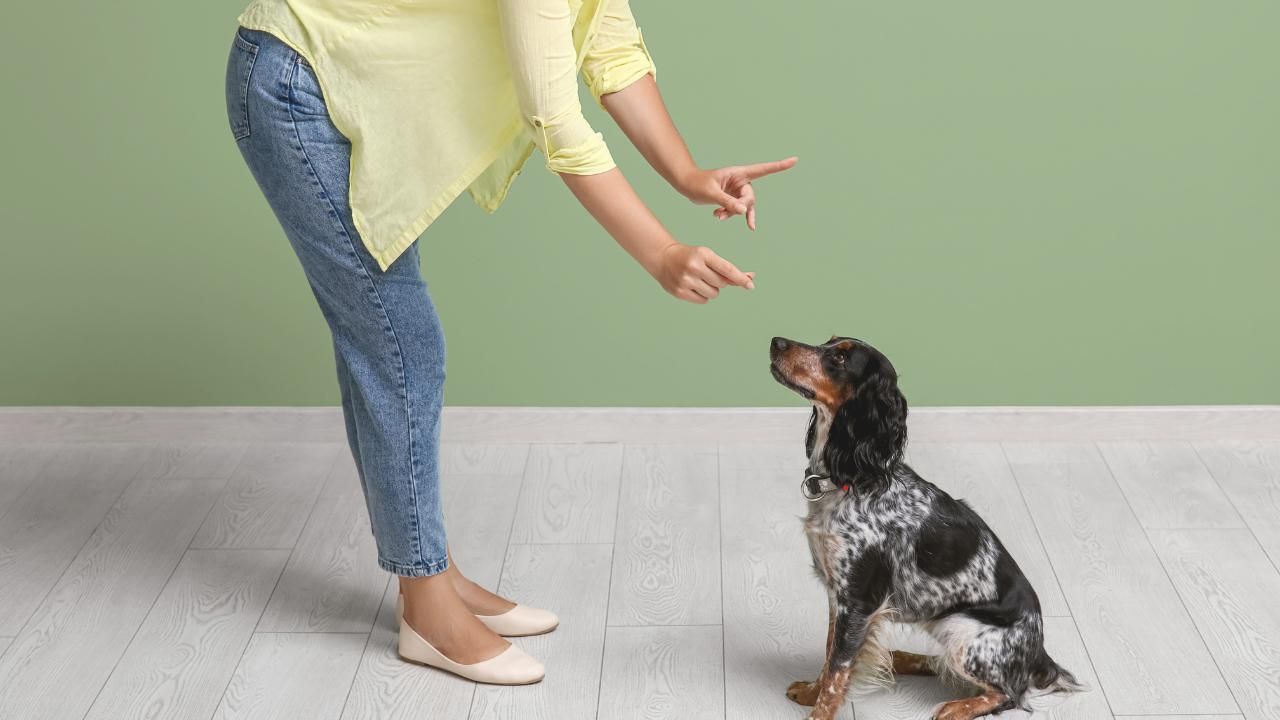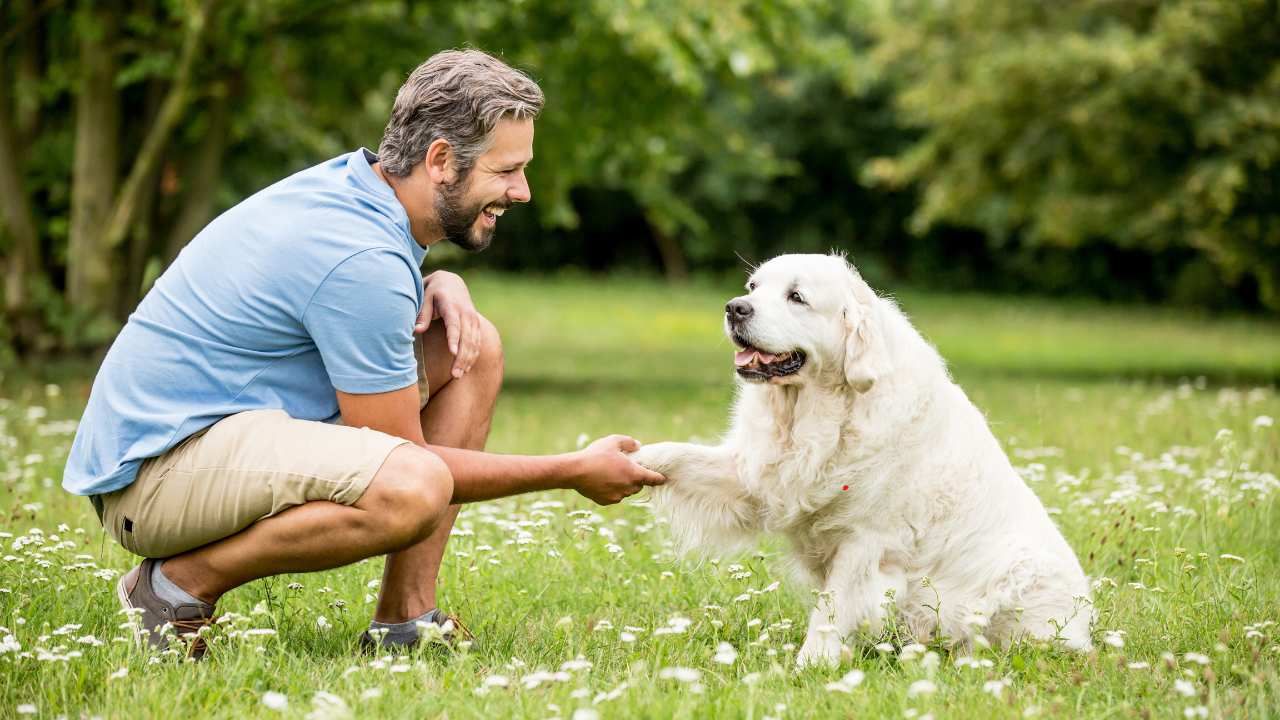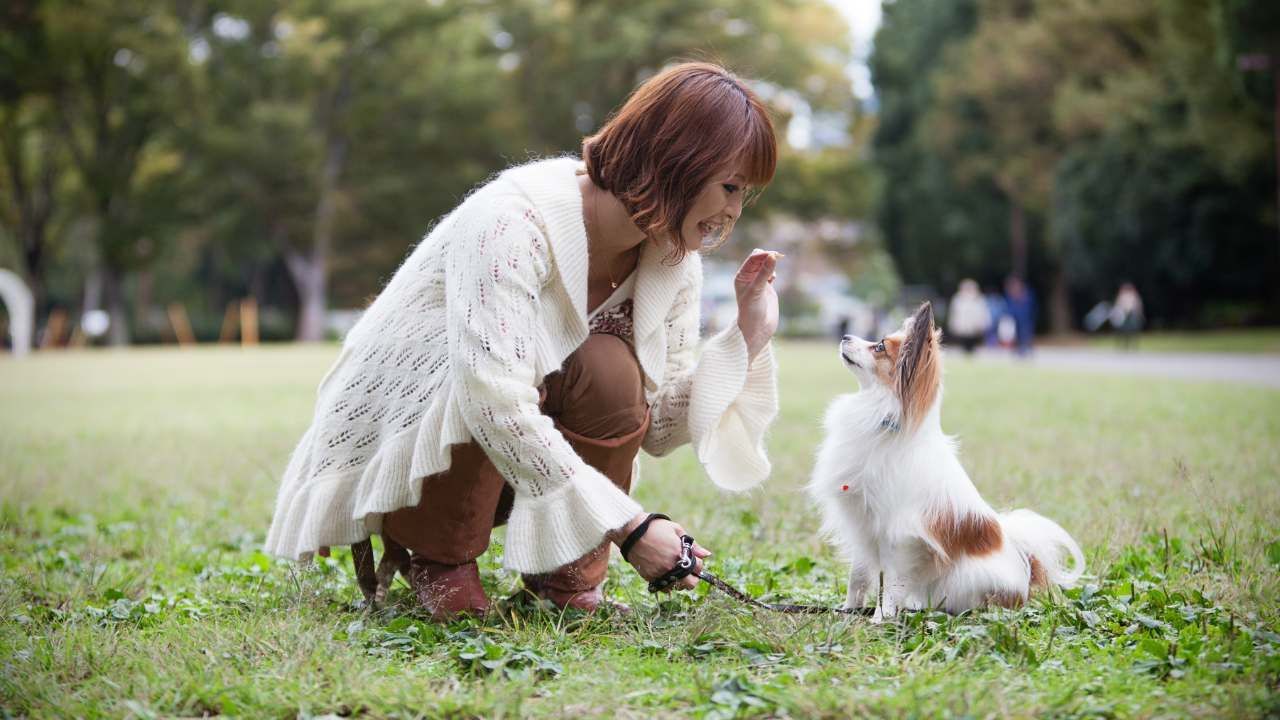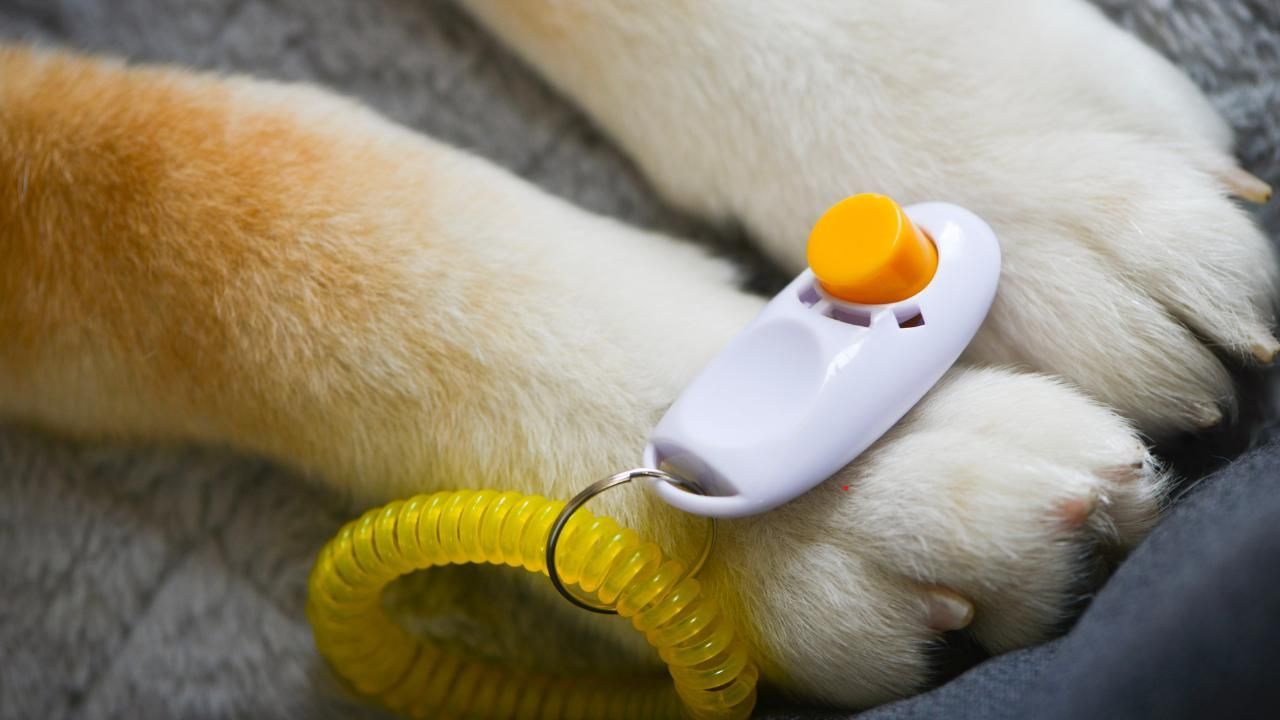The First 48 Hours with Your New Puppy: A Survival Guide

Bringing home a puppy is exciting—but it can also feel like chaos wrapped in fur. Whether you’ve just scooped up one of the adorable poodle puppies for sale in Arizona or are picking up your new best friend from a trusted local breeder, those first two days are critical. It’s a time of adjustment, bonding, and laying the foundation for your puppy’s lifelong behavior.
This survival guide will walk you through what to expect, what to prioritize, and how to keep your sanity during the first 48 hours with your new pup.
1. Prepare Your Home Before Puppy Arrives
The moment your puppy steps paw into your home, they’ll start exploring. That’s why it’s important to puppy-proof before you bring them in:
- Block off unsafe areas (like stairs or kitchens) with baby gates
- Remove or tape down loose cords
- Put away anything chewable or toxic within reach
- Set up a cozy crate or puppy pen where they’ll feel safe
Have all essentials ready—food and water bowls, puppy food, a collar with ID tag, waste bags, and a couple of soft toys. This reduces stress for both of you.
2. Let Your Puppy Set the Pace
It’s tempting to smother your new furry friend with love the moment they arrive—but don’t be surprised if they’re unsure or shy at first. Instead of overwhelming them with attention, sit nearby and let them approach you.
In these first hours, your puppy will be:
- Sniffing around and getting a feel for the space
- Experiencing a big life change—missing their mom and littermates
- Learning your scent, voice, and vibe
Keep interactions calm and positive. Speak in a soft voice, offer treats for gentle behavior, and be patient.
3. Create a Simple Routine Early
Dogs thrive on routine, and it starts on day one. Feed your puppy at the same times each day. Take them out for potty breaks right after waking up, after eating, after playing, and every 2 hours in between.
This helps:
- Speed up potty training
- Set expectations for mealtimes
- Give them a sense of safety and structure
Be ready for a few accidents—it’s normal! Reward your puppy with praise and a treat when they go in the right spot.
4. Surviving the First Night
This part can be tough. Many puppies cry during their first night alone. Here’s how to make it easier:
- Place their crate next to your bed so they feel close to you
- Include a warm blanket or a ticking clock to mimic the heartbeat of a littermate
- Don’t let them cry it out all night—soothe them with your voice if needed
Remember, they’re not being “bad”—they’re just scared. Comfort builds trust, and trust builds a confident dog.
5. Day Two: Confidence Starts to Bloom
By the second day, your puppy will start showing a bit more curiosity and personality. This is a great time to:
- Begin name recognition with short, fun training sessions
- Introduce them to the leash indoors
- Reward calm behavior and redirect nipping or chewing to appropriate toys
Keep things simple and short—puppies have the attention span of a gnat at this stage.
Case Study: Bailey’s First 48 Hours
When the Miller family brought home Bailey from Doodling Pups, LLC, they followed a simple plan: calm environment, clear routine, and positive reinforcement. Bailey cried a little the first night, but by morning, she was already responding to her name and walking calmly on a leash in the backyard. The Millers credit their smooth transition to taking time off work, setting up a crate in their bedroom, and filling out the breeder’s puppy application with detailed lifestyle notes that matched them with the perfect pup.
Final Thoughts
The first 48 hours can feel like a whirlwind—but they’re also a chance to bond and build trust with your new best friend. Prepare your space, stick to a simple routine, and give your puppy time to adjust. You’ll both be better for it.
Looking to bring home a furry friend of your own? Contact Doodling Pups, LLC and browse their current litters to find the perfect match.

